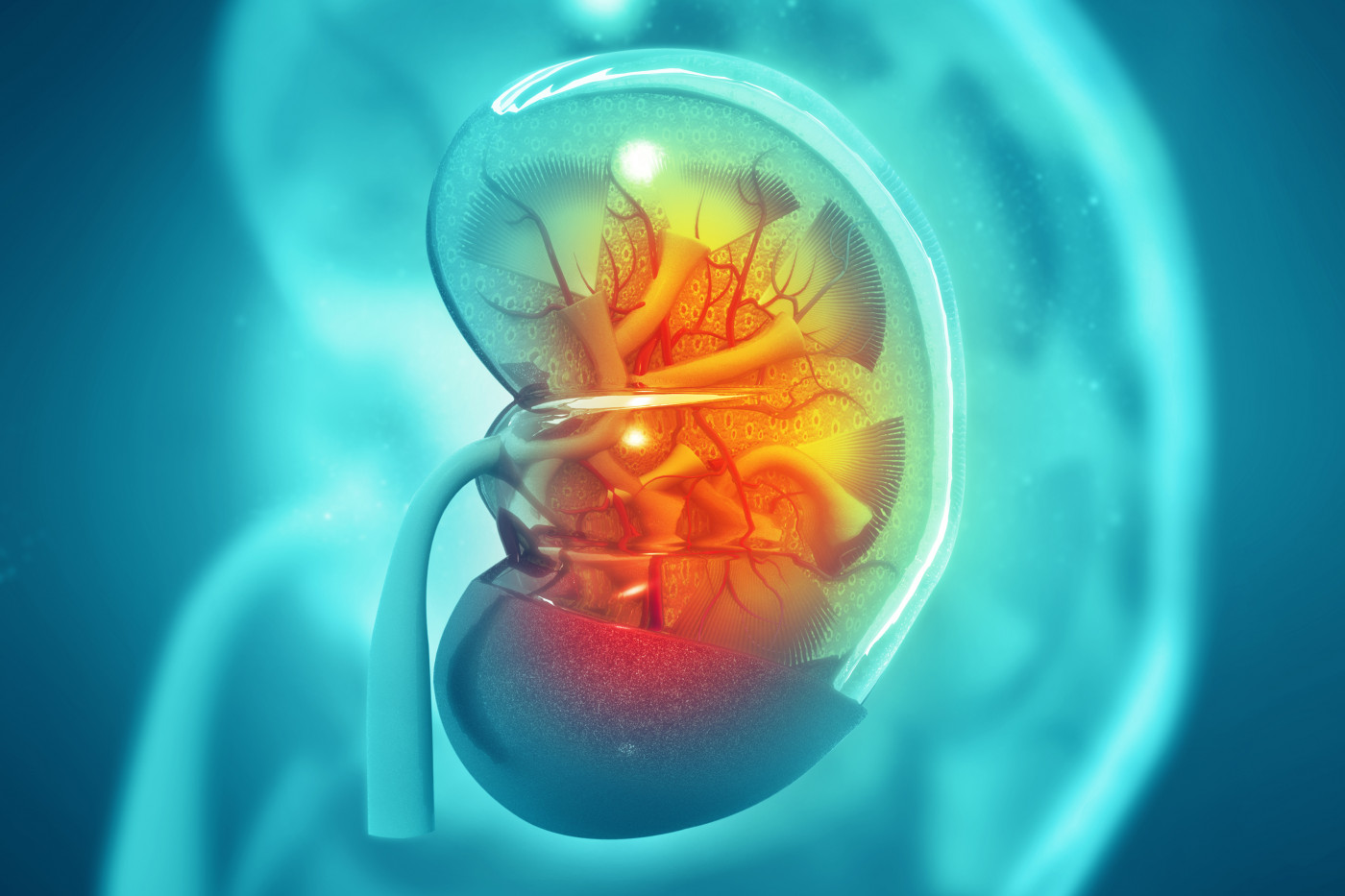Ultrasound for Renal Cysts May Hasten Diagnosis

crystal light/Shutterstock
Cysts in the kidneys are more common in people with Fabry disease than in other diseases that affect the kidneys, which is why a new study suggests that looking for such cysts could aid in the diagnosis of Fabry.
The study, “Renal Ultrasound contributes to Fabry Disease Diagnosis,” was published in the Journal of Rare Diseases Research & Treatment.
One of the characteristic symptoms of Fabry disease is kidney dysfunction. Renal cysts — fluid-filled sacs in the kidneys — can be indicative of kidney disease. Notably, however, these cysts also may occur in the absence of noteworthy disease.
In this study, researchers in Brazil used ultrasound to evaluate the kidneys of 91 people with chronic kidney disease. Ultrasound is a technique that uses sound waves to detect the shape of structures within the body. Because sound moves differently through fluid than other substances, cysts are relatively easy to identify via ultrasound of the kidneys (renal ultrasound).
Of the analyzed individuals, 37 had Fabry disease, and the remaining 54 had other forms of kidney disease, serving as the control group. The two groups were similar in terms of age, sex, and measurements of kidney function and kidney disease stage.
In the control group, 13 (24.1%) people were found to have renal cysts. Among those with Fabry disease, 20 (54.1%) had renal cysts. The difference between these groups was statistically significant.
Cysts in either of the kidneys individually also were significantly more common among individuals with Fabry disease. Cysts in other organs were equally common between the two groups.
When renal cysts were present, there was no significant difference in the size of the cysts between individuals with or without Fabry disease.
Collectively, the results indicate that renal cysts may be indicative of Fabry disease. As such, the researchers wrote that “[renal] cysts on ultrasound can raise suspicion on FD [Fabry disease], when compared to other renal diseases.”
The researchers added that renal ultrasound is “a non-invasive, cheap and fast imaging method that is widely used in clinical practice.” As such, they suggested that the identification of renal cysts, in the absence of a known condition to cause them, should prompt further testing for the possible diagnosis of Fabry disease.
This could help people with Fabry disease be diagnosed sooner, allowing treatment to begin sooner, the researchers wrote.






